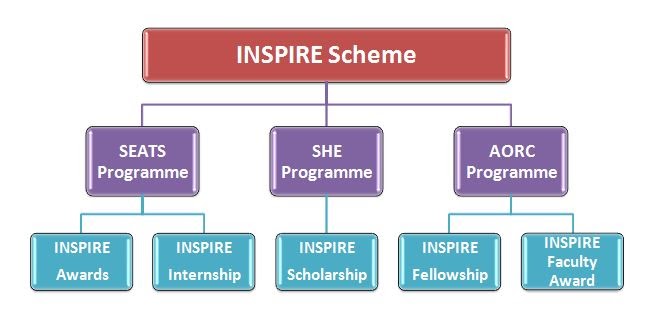Science & Technology
Development of the Nanomaterials Based Supercapacitors
- 07 May 2020
- 6 min read
Why in News
Recently, a group of researchers (including a recipient of the INSPIRE Faculty Award) have made significant achievements in developing nanomaterials based supercapacitors to achieve high energy density and power density of supercapacitors.
- Energy density is the amount of energy that can be stored in a given mass of a substance or system, i.e. a measure of storage of energy.
- Power density is the amount of power (time rate of energy transfer) per unit volume, i.e. a measure of release of energy.
Energy: Batteries, Capacitors and Supercapacitors
- Like batteries, Capacitors are also used to store energy. While batteries rely on chemical reactions, capacitors use static electricity (electrostatics) to store energy.
- Capacitors have many advantages over batteries: they weigh less, generally don't contain harmful chemicals or toxic metals, and they can be charged and discharged many times. However, they cannot store the same amount of electrical energy as batteries.
- Supercapacitors, also known as EDLC (electric double-layer capacitor) or Ultracapacitors, differ from regular capacitors in that they can store a huge amount of energy.
- Batteries have a higher energy density (they store more energy per unit mass) but supercapacitors have a higher power density (they can release energy more quickly). This property makes supercapacitors particularly suitable for storing and releasing large amounts of power relatively quickly.
- Supercapacitors deliver quick bursts of energy during peak power demands and then quickly store energy and capture excess power that's otherwise lost. In the example of an electric car, a supercapacitor can provide needed power for acceleration, while a battery provides range and recharges the supercapacitor between surges.
Key Points
- Nanomaterials Based Supercapacitors:
- The researchers have been working on carbon (Carbon Nanotubes, Graphene) nanomaterials based supercapacitors to achieve high energy density and power density of supercapacitors.
- High energy density of supercapacitors suggests that constant current can be withdrawn for a longer duration without recharging. Hence automobiles can run longer distances without charging.
- Thus, researchers have developed a reduced graphene oxide (rGO) at a moderate temperature of 100°C with high capacitance performance. It is cost-effective and suitable for commercial purposes.
- The focus on energy devices paves the way for the development of cost-effective and efficient devices, which can be used for energy storage application.
- Optoelectronic Applications of Nanomaterials:
- Optoelectronics is the study and application of electronic devices and systems that source, detect and control light, usually considered a sub-field of photonics.
- The researchers are developing novel nanostructures of carbon for Surface-Enhanced Raman spectroscopy (SERS).
- Surface-Enhanced Raman spectroscopy or surface-enhanced Raman scattering (SERS) is a surface-sensitive technique that enhances Raman scattering by molecules adsorbed on rough metal surfaces or by nanostructures such as plasmonic-magnetic silica nanotubes.
- The enhancement factor can be as much as 1010 to 1011, which means the technique may even detect a single molecule.
- The SERS can help detect harmful molecules present in water at ultra-low concentrations.
- The findings make way for materials which can be used as advanced photodetectors and also be used as optical sensors for water pollution control.
Innovation in Science Pursuit for Inspired Research
- Innovation in Science Pursuit for Inspired Research (INSPIRE) intends to attract talent to study science at an early age, and to help the country build the required critical resource pool for strengthening and expanding the Science and Technology base with long term foresight.
- It is an India specific model for attracting talent with an aptitude for research and innovation, for a career in Basic & Natural sciences.
- The scheme has been developed by the Department of Science & Technology (DST), Ministry of Science and Technology and approved in 2008.
- INSPIRE Scheme has included three programs and five components.The three programmes are:
- Scheme for Early Attraction of Talent (SEATS): It aims to attract talented youth to study science by providing INSPIRE Award of Rs 5000 to one million young learners of the age group 10-15 years.
- Scholarship for Higher Education (SHE): It aims to enhance rates of attachment of talented youth to undertake higher education in science intensive programmes, by providing scholarships and mentorship.
- Assured Opportunity for Research Careers (AORC): It aims to attract, attach, retain and nourish talented young scientific Human Resource for strengthening the R&D foundation and base.





